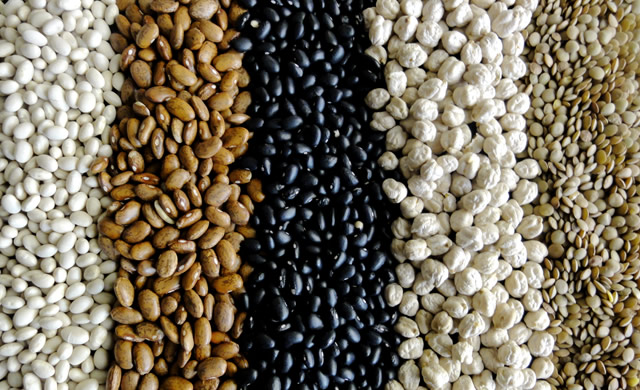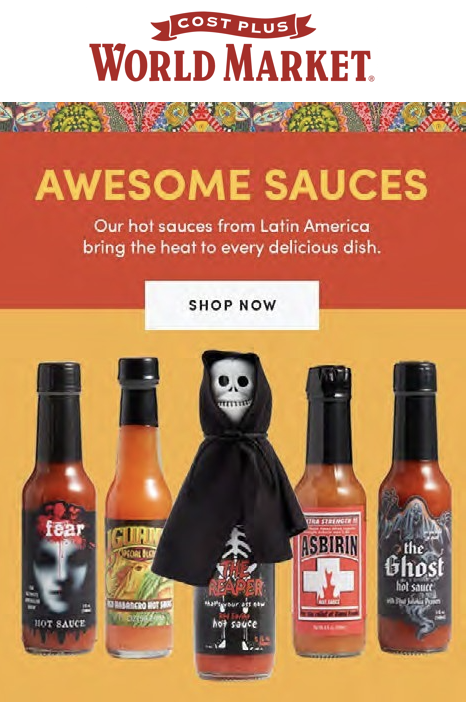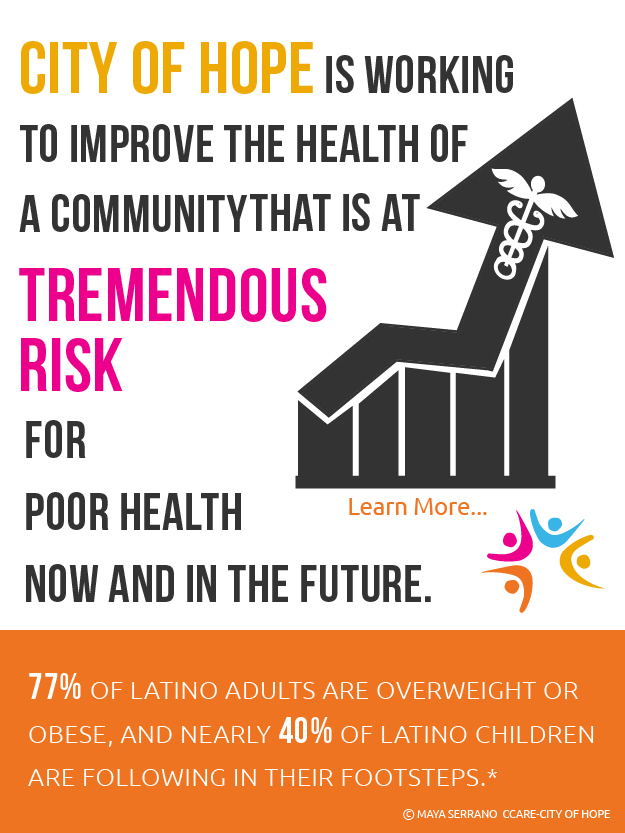
Beans – the Latin American ‘Super Food’
11/19/2013 08:50PM | 13672 viewsPinto, red, black, kidney, or white. Beans have been popular for a long time: they were already a staple food in Central America by 3,500 BCE. Besides their rich flavor, beans are revered by diet watchers because they are a great source of protein, soluble fiber, iron, B-vitamins, magnesium, potassium, and zinc. And they are low in fat and contain no cholesterol. While beans might sound too good to be true, they are by nature a ‘super food’.
Here are 5 reasons why you should consider including beans in your daily meals.
- Lean Protein on a Budget. Beans are an
excellent source of protein that is low in fat, very filling, and easy on
your wallet.
(Tip: Combine beans with rice, to have a complementary protein and essential amino acid combination.)
- Heart Health. Regularly consuming a variety of beans can help lower your “bad” LDL cholesterol and raise your “good” HDL cholesterol. (Tip: Rinse canned beans to remove about 40% of the sodium.)
- Digestive Health. Just a half-cup of beans provides as much as 7 grams of fiber. (Tip: A half-cup serving looks like the size of a computer mouse.)
- Bone Health. White beans
are a good non-dairy source of calcium.
- Antioxidant Power. Beans have anthocyanin pigments, which have powerful antioxidant and anti-inflammatory effects. Listed from most to least antioxidant power, the winners are red, kidney, pinto, and black. (Tip: Avoid the common method of boiling rapidly in excess water, letting them stand, discarding the soaking water and starting with fresh water. Instead, simply cook for longer and without excess water. This will prevent losing antioxidants, B-vitamins, color, and flavor!)
So why do beans have a reputation for being “not so good” for us? Here’s the answer: It’s not the beans themselves, it’s what we add to them. Here are 5 things to avoid when preparing beans and healthier options to achieve the same flavors.
- Pork/Lard. While pork and lard provide beans with hearty, rich flavors, this meat actually counteracts the ‘superfood’ factor. Lard is high in saturated fat, which is associated with risk of heart disease, stroke, diabetes, and other chronic conditions. (Tip: For flavor, try adding healthier options like chicken, turkey, peppers, vegetables, canola oil, or herbs and spices. For a “smoky” flavor, try some paprika spice.)
- Full Fat Cream. While full fat dairy tastes good, it adds unnecessary saturated fat and cholesterol. (Tip: Try using light sour cream or nonfat plain Greek yogurt instead. You can also try adding one tablespoon of baked tortilla chips to each half-cup serving of beans to add excellent flavor.)
- Full Fat Cheese. Full fat cheese adds unnecessary saturated fat, cholesterol, and calories. (Tip: Try roasting pumpkin or sunflower seeds, which also deliver many health benefits, and sprinkle them generously on top of beans. Seeds can be a great substitute for cheese and actually enhance the flavor of the beans. You can also take whole grain bread and make breadcrumbs with olive oil and garlic.)
- Liquid Smoke. Liquid smoke
is made by burning wood and capturing the components in either oil or
water, and then distilling it. However, if you do not know the wood
source, there is a risk of ingesting harmful chemicals.
- Salt. Salt enhances the flavor of beans, but many people overuse it. Lowering your salt intake can improve your blood pressure, heart, and kidney health. (Tip: Try using garlic powder, a pinch of celery seed, and black pepper.)
Beans can be baked, boiled, mashed, or refried. If you are making refried beans, make sure that you use canola oil, and a little of this oil goes a long way.
Beans should be part of any healthy diet. Next time you decide to whip up a batch of beans, ditch those unhealthy additions and use leaner meats, colorful veggies, and herbal seasonings to do the trick. You can have your tasty beans and be healthy too. Your body will thank you!
Sources:
Harold McGee, author, On Food and Cooking: the Science and Lore of the Kitchen.












Post your Comment
Please login or sign up to comment
Comments